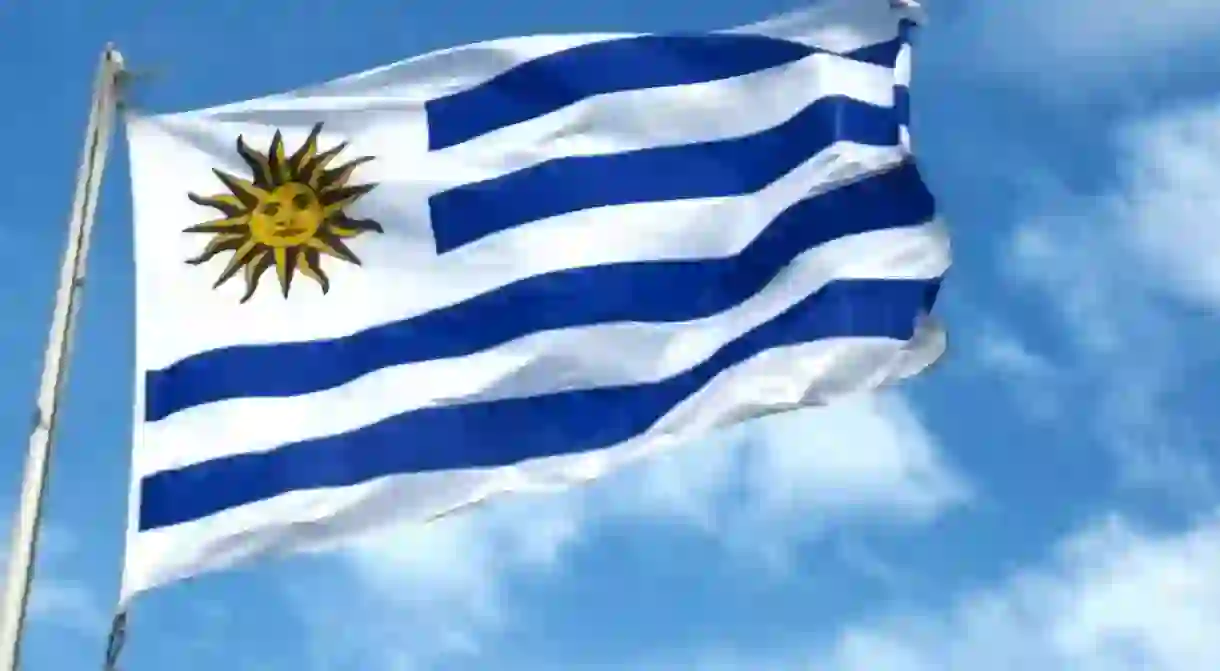6 Things You Didn’t Know About Uruguay

Tucked beneath Brazil’s wing on the world map, Uruguay isn’t always a traveler’s first choice when it comes to a trip around South America. In fact, it might just be one of the most obscure and least well-known countries on the whole continent. Here are six things you probably didn’t know about Uruguay to pique your curiosity.
Uruguay holds its own when it comes to wine
Malbec take a bow, tannat is taking the stage. Uruguay’s national grape is storming the world of wine – elegant, soft and tinged with blackberry. The country’s viticulture dates back over 250 years, when Spanish and French immigrants carted vines with them all the way from Europe. Now, 20,000 acres of land are dedicated to winemaking in the countryside, placing Uruguay as the fourth-largest producer in South America. Pairing perfectly with steak thanks to its high level of tannins, full-bodied tannat is a classy accompaniment to a traditional Uruguayan asado.

It’s the birthplace of tango
Argentina has proudly owned the title of mother of tango since its inception, but it’s little known that it actually shares the honor with Uruguay. This sensual dance was devised by working class dwellers of the cities that straddle either side of the Río de la Plata. In fact, the most famous tango rhythm – La Cumparsita – was first played in 1917 in Montevideo café La Giralda, composed by a 17-year-old student called Gerardo Matos Rodriguez. Sexy and sultry, tango took off. It was danced everywhere, from conventillos – complexes of makeshift houses – to markets, filling the streets with the sound of stomping feet.

Mate is a local religion
Barely a person walks down the street in Uruguay without a flask, cuia and bombilla tucked under their arm. Drinking mate is a national pastime and a rite of passage. The yerba, a loose tea-like leaf, is packed into a cuia, or round mug. Hot water is poured over it and the steeped mate is drunk through a bombilla, or silver straw that acts like a mini sieve. Invigorating and social, there’s even a whole etiquette surrounding this heady beverage. For the initiated, mateando – the act of drinking mate with friends – marks you as a true Uruguayan.

Corned beef comes from Fray Bentos
Corned beef might conjure up images of WWII soldiers scraping together sandwiches in the trenches, so it might surprise you to learn that it was – and still is – produced in the factories of Fray Bentos, on Uruguay’s western border. A company called Anglo set up shop there in 1899, shipping tinned meat and bouillon cubes to Europe and the United States. More than 16 million cans of corned beef were exported from Fray Bentos in 1943 alone. This once roaring industrial meatpacking district is now a World Heritage site.

It was the first Latin American country to legalize same-sex civil unions
Way back in 2008, Uruguay hoisted the rainbow flag, passing a law that legalized same-sex civil unions. Following swiftly on its heels, same-sex marriage was brought up in parliament, widely debated by senators over the next couple of years. When it finally came into effect in August 2013, it was way ahead of the movement in both the US and the UK. Uruguay is known as one of the most LGBT-friendly countries in the world, with a progressive stance on adoption and gender identity. Montevideo Pride, held on the last Friday of September, is a powerful celebration of diversity.

Chivito sandwiches are goat-free
Behind every great national dish is an intriguing story – and it’s no different for Uruguay’s favorite sandwich. Take a slim slice of steak, stack it with ham, mozzarella, fried egg, bacon, mayo, olives, tomato and lettuce, pop it between two buns, throw some fries on the side and there you have it: the country’s most delicious snack. Chivito literally translates to “tiny goat,” but there’s none to be found in this meaty delight. The story goes that a holidaying Argentinean ordered roast goat at a restaurant in Punta del Este, but was served this concoction instead and loved it so much that it was put on the menu permanently.














